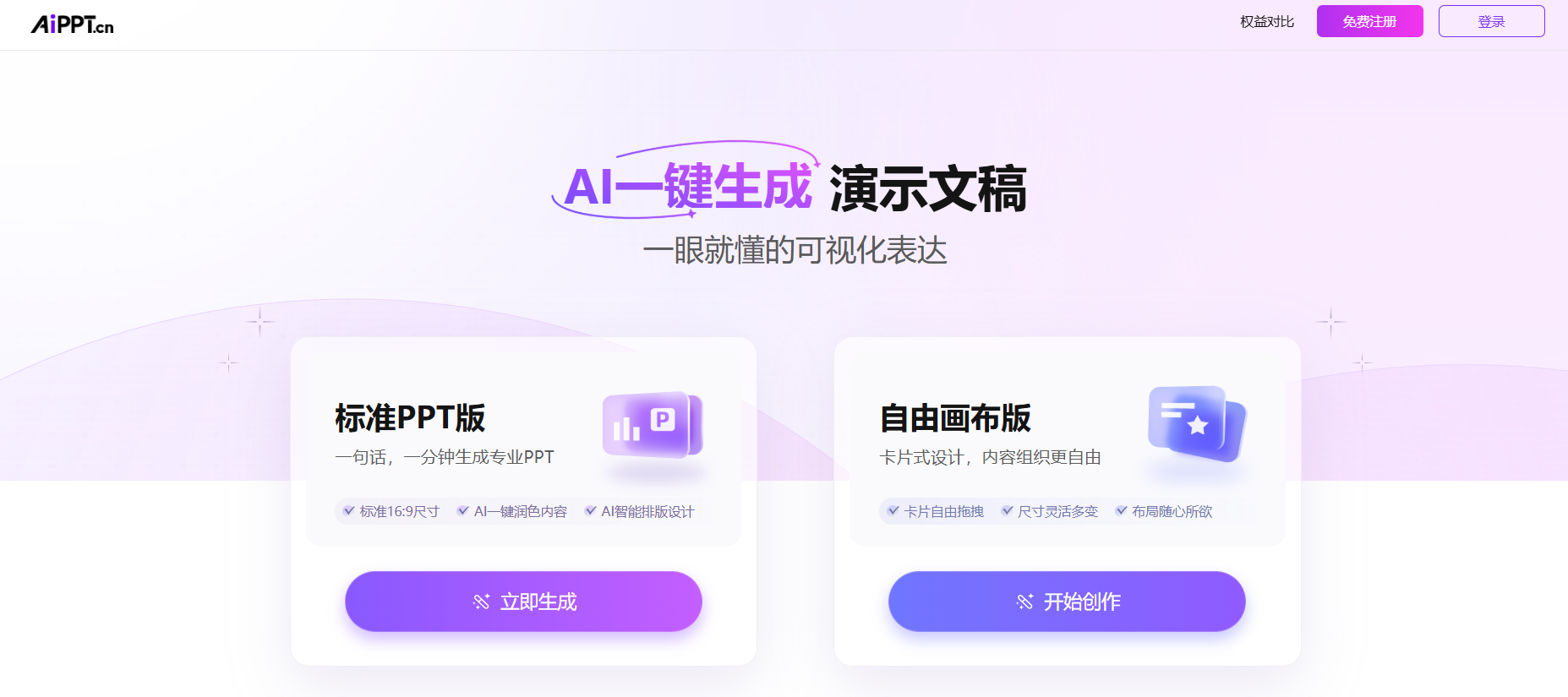阿里云一句话识别ASR/STT 开发指南
阿里云一句话识别api调用与开发
前情提要
在硬件资源服务不足的情况下,本地部署的ASR/STT服务很难开放ip端口和其他项目进行联调。(内网穿透需要备案,如果使用ngrok域名又会一直改变,请求的url老是变也很不方便)
因此,使用第三方的api/SDK就是在低配置服务器部署的优质方案之一。
在使用之前,需要查阅阿里云相关文档
一句话识别Python SDK使用说明_智能语音交互(ISI)-阿里云帮助中心 (aliyun.com)
SDK安装
-
下载Python SDK。
从Github获取Python SDK,或直接下载alibabacloud-nls-python-sdk-1.0.0.zip。
-
安装SDK依赖。
进入SDK根目录使用如下命令安装SDK依赖:
python -m pip install -r requirements.txt -
安装SDK。
依赖安装完成后使用如下命令安装SDK:
python -m pip install . -
安装完成后通过以下代码导入SDK。
# -*- coding: utf-8 -*- import nls

在以上路径把test_sr.py拉到项目根目录,方便引入nls库
代码修改
阅读源码,发现其token是通过环境变量里预置的akkey和appid来获取的

如果需要在生产环境部署,需要阅读
SDK方式获取Token_智能语音交互(ISI)-阿里云帮助中心 (aliyun.com)
token获取
由于我是做联调的测试部署和上服务器开api,项目比较赶,配置这些参数有点浪费时间,因此参考官方文档使用python自定义显式key的token获取,也顺便方便调试。
import os
import time
import json
from aliyunsdkcore.client import AcsClient
from aliyunsdkcore.request import CommonRequest
class AliyunNlsToken:
def __init__(self, ak_id, ak_secret, region):
# 创建AcsClient实例
self.client = AcsClient(ak_id, ak_secret, region)
def get_token(self):
# 创建request,并设置参数
request = CommonRequest()
request.set_method('POST')
request.set_domain('nls-meta.cn-shanghai.aliyuncs.com')
request.set_version('2019-02-28')
request.set_action_name('CreateToken')
try:
# 发送请求并获取响应
response = self.client.do_action_with_exception(request)
response_json = json.loads(response)
if 'Token' in response_json and 'Id' in response_json['Token']:
# 返回Token和过期时间
return response_json['Token']['Id'], response_json['Token']['ExpireTime']
else:
return None, None
except Exception as e:
# 打印错误信息
print(e)
return None, None
if __name__ == '__main__':
ak_id = '你的akid'
ak_secret = '你的secret'
region = "cn-shenzhen"
# 创建AliyunNlsToken实例
token_client = AliyunNlsToken(ak_id, ak_secret, region)
token, expire_time = token_client.get_token()
if token:
print("token =", token)
print("expireTime =", expire_time)
else:
print("Failed to get token")
将以上代码封装为sdk_get_token.py文件并且放在项目根目录
代码中的两个变量ak_id和ak_secret在
智能语音交互新手指南_智能语音交互(ISI)-阿里云帮助中心 (aliyun.com) https://help.aliyun.com/zh/isi/getting-started/start-here?spm=a2c4g.11186623.0.0.50eb43c5h1zKMf有详细教程
https://help.aliyun.com/zh/isi/getting-started/start-here?spm=a2c4g.11186623.0.0.50eb43c5h1zKMf有详细教程
修改示例代码
将阿里云的示例代码中需要获取环境变量和token的部分使用显式明文变量,token则使用刚才定义的类来实时获取。
import time
import threading
import sys
from sdk_get_token import AliyunNlsToken
import nls
# 阿里云的访问密钥ID和密钥Secret
ak_id = ''
ak_secret = ''
region = "cn-shenzhen" # 阿里云服务区域
# 创建AliyunNlsToken实例,用于获取访问令牌
token_client = AliyunNlsToken(ak_id, ak_secret, region)
token, expire_time = token_client.get_token() # 获取token和过期时间
URL = "wss://nls-gateway-cn-shenzhen.aliyuncs.com/ws/v1" # 语音识别的WebSocket URL
TOKEN = token # 将获取到的token赋值给TOKEN变量
APPKEY = "" # 应用程序的Appkey,在阿里云控制台获取
class TestSt:
def __init__(self, tid, test_file):
self.__th = threading.Thread(target=self.__test_run)
self.__id = tid
self.__test_file = test_file
def loadfile(self, filename):
with open(filename, "rb") as f:
self.__data = f.read()
def start(self):
self.loadfile(self.__test_file)
self.__th.start()
def test_on_sentence_begin(self, message, *args):
print("test_on_sentence_begin:{}".format(message))
def test_on_sentence_end(self, message, *args):
print("test_on_sentence_end:{}".format(message))
def test_on_start(self, message, *args):
print("test_on_start:{}".format(message))
def test_on_error(self, message, *args):
print("on_error args=>{}".format(args))
def test_on_close(self, *args):
print("on_close: args=>{}".format(args))
def test_on_result_chg(self, message, *args):
print("test_on_chg:{}".format(message))
def test_on_completed(self, message, *args):
print("on_completed:args=>{} message=>{}".format(args, message))
def __test_run(self):
print("thread:{} start..".format(self.__id))
sr = nls.NlsSpeechTranscriber(
token=TOKEN,
appkey=APPKEY,
on_sentence_begin=self.test_on_sentence_begin,
on_sentence_end=self.test_on_sentence_end,
on_start=self.test_on_start,
on_result_changed=self.test_on_result_chg,
on_completed=self.test_on_completed,
on_error=self.test_on_error,
on_close=self.test_on_close,
callback_args=[self.__id]
)
while True:
print("{}: session start".format(self.__id))
r = sr.start(aformat="pcm",
enable_intermediate_result=True,
enable_punctuation_prediction=True,
enable_inverse_text_normalization=True)
self.__slices = zip(*(iter(self.__data),) * 640)
for i in self.__slices:
sr.send_audio(bytes(i))
time.sleep(0.01)
sr.ctrl(ex={"test":"tttt"})
time.sleep(1)
r = sr.stop()
print("{}: sr stopped:{}".format(self.__id, r))
time.sleep(5)
def multiruntest(num=500):
for i in range(0, num):
name = "thread" + str(i)
t = TestSt(name, "tests/test1.wav")
t.start()
nls.enableTrace(True)
multiruntest(1)
代码如上,填写好之前获取的id和sc后,在以下链接创建项目,然后复制appkey填入指定位置(代码开头)
智能语音交互 (aliyun.com) https://nls-portal.console.aliyun.com/applist
https://nls-portal.console.aliyun.com/applist


运行
此时直接运行可以得到一大串的流式输出结果
不过,这个线程没有写关闭选项ctrl+c无法退出,因此我只能关闭终端。
依照以上代码进行测试,我将阿里云一句话识别的STT缺陷和需求进行了如下总结
然后根据我的逻辑图一点一点改bug--还有几个没改完的

注:由于撰写本文时没有仔细阅读阿里云官方文档,实际上wav文件是可以直接识别的,只是需要采样率在8000或者16000,因此代码中的转换pcm部分可以注释掉

删除源代码的sleep()函数后,实现了快速的本地录音文件识别,识别时间大概在0.7-1s左右,两句sleep共造成了大约2.5s的阻塞,后续可能会考虑流式识别的开发,因此这里得注意一下。
核心代码
import time
import json
from pydub import AudioSegment
from sdk_get_token import AliyunNlsToken
import nls
import time
# 阿里云的访问密钥ID和密钥Secret
ak_id = ''
ak_secret = ''
region = "cn-shenzhen" # 阿里云服务区域
# 创建AliyunNlsToken实例,用于获取访问令牌
token_client = AliyunNlsToken(ak_id, ak_secret, region)
token, expire_time = token_client.get_token() # 获取token和过期时间
print(f"过期时间为:{expire_time},token为:{token}")
URL = "wss://nls-gateway-cn-shenzhen.aliyuncs.com/ws/v1" # 语音识别的WebSocket URL
TOKEN = token
APPKEY = "" # 应用程序的Appkey,在阿里云控制台获取
# WAV到PCM的转换函数,确保采样率为16000 Hz
def convert_wav_to_pcm(wav_file, pcm_file, target_sample_rate=16000):
audio = AudioSegment.from_wav(wav_file)
audio = audio.set_frame_rate(target_sample_rate).set_channels(1)
audio.export(pcm_file, format="s16le")
# 定义一个语音转写测试类
class TestSt:
def __init__(self, tid, test_file):
self.__id = tid
self.__test_file = test_file
self.__pcm_file = "converted.pcm" # 转换后的PCM文件路径
# 加载和转换文件
self.loadfile(self.__test_file)
# 进行语音识别
self.final_result = self.__test_run() # 立即运行识别,并存储最终结果
def loadfile(self, filename):
# 将WAV文件转换为符合要求的PCM格式(16000 Hz采样率)
convert_wav_to_pcm(filename, self.__pcm_file)
# 加载PCM文件,并将其内容读取为二进制数据
with open(self.__pcm_file, "rb") as f:
self.__data = f.read()
# 以下是回调函数,用于在语音识别过程中处理不同的事件
def test_on_sentence_begin(self, message, *args):
pass # 可以删除或者保留,调试时输出
def test_on_sentence_end(self, message, *args):
print(f"Raw message: {message}") # 打印原始消息,调试用
try:
# 检查message是否是字符串并尝试解析
if isinstance(message, str):
message_dict = json.loads(message) # 将字符串解析为字典
else:
message_dict = message # 如果不是字符串,直接使用
self.final_result = message_dict.get('payload', {}).get('result', '')
print(f"最终识别结果: {self.final_result}")
except json.JSONDecodeError:
print("Failed to decode message, check the format.")
def test_on_start(self, message, *args):
pass # 可以删除或者保留,调试时输出
def test_on_error(self, message, *args):
pass
def test_on_close(self, *args):
pass
def test_on_result_chg(self, message, *args):
pass
def test_on_completed(self, message, *args):
pass
def __test_run(self):
print(f"thread:{self.__id} start..")
# 创建NlsSpeechTranscriber对象,配置回调函数
sr = nls.NlsSpeechTranscriber(
token=TOKEN,
appkey=APPKEY,
on_sentence_begin=self.test_on_sentence_begin,
on_sentence_end=self.test_on_sentence_end,
on_start=self.test_on_start,
on_result_changed=self.test_on_result_chg,
on_completed=self.test_on_completed,
on_error=self.test_on_error,
on_close=self.test_on_close,
callback_args=[self.__id]
)
print(f"{self.__id}: session start")
# 启动语音识别会话
r = sr.start(aformat="pcm",
enable_intermediate_result=True,
enable_punctuation_prediction=True,
enable_inverse_text_normalization=True)
# 发送音频数据,640字节一块
self.__slices = zip(*(iter(self.__data),) * 640)
for i in self.__slices:
sr.send_audio(bytes(i))
#time.sleep(0.01) # 休眠以模拟实时音频传输
sr.ctrl(ex={"test": "tttt"})
#time.sleep(1)
r = sr.stop()
print(f"{self.__id}: sr stopped: {r}")
# 返回最终识别结果
return self.final_result
if __name__ == "__main__":
start = time.time()
t = TestSt("thread0", "tests/本身城市就是相对来说比较安静.wav")
result = t.final_result # 获取最终识别结果
print(f"最终返回结果: {result}")
end = time.time()
tol = end - start
print(f"最终耗时{tol}")还是用我最爱的坤坤数据集测试

总结
后续可以考虑参考我SenseVoice的二次开发代码里的录音部分,实现低硬件需求的STT/ASR
更多推荐
 已为社区贡献1条内容
已为社区贡献1条内容








所有评论(0)